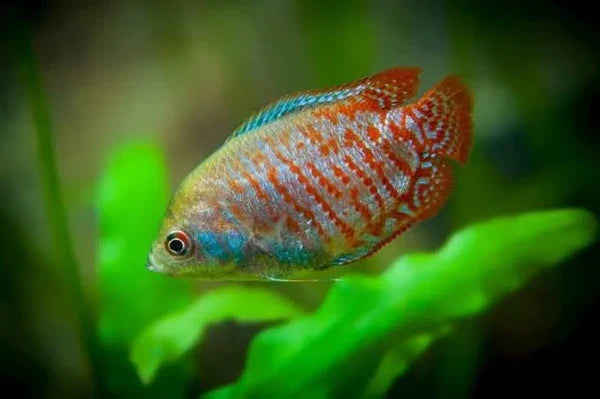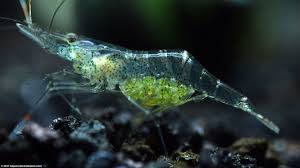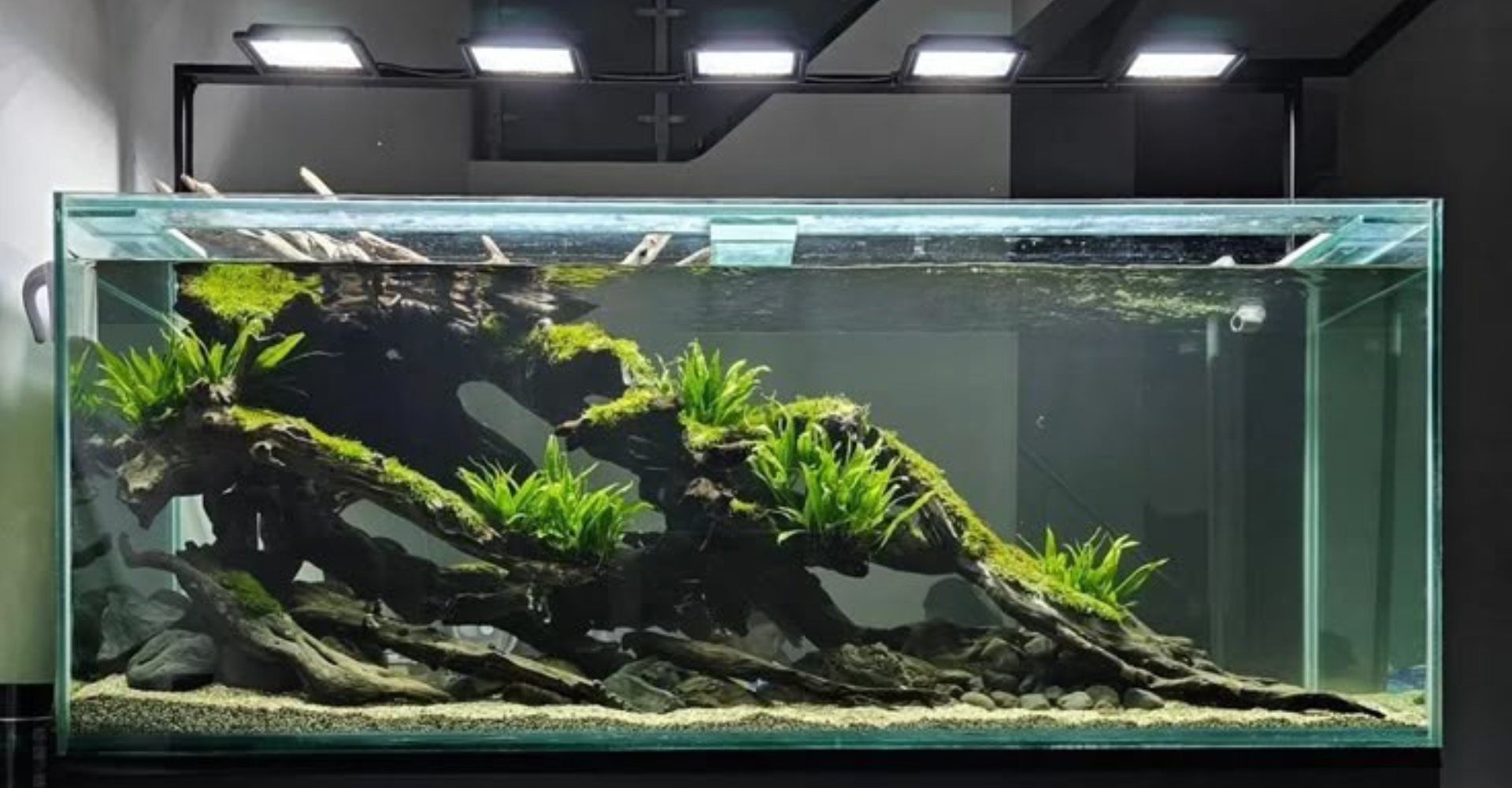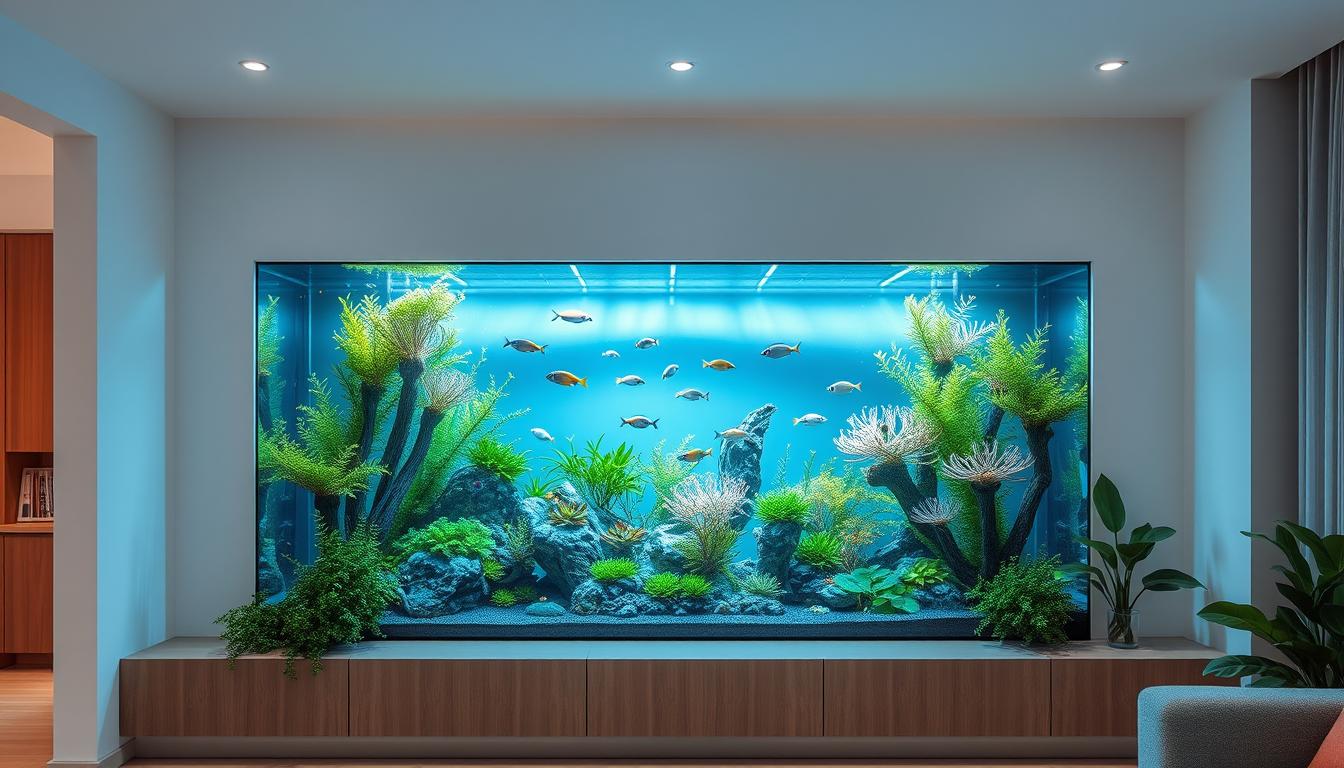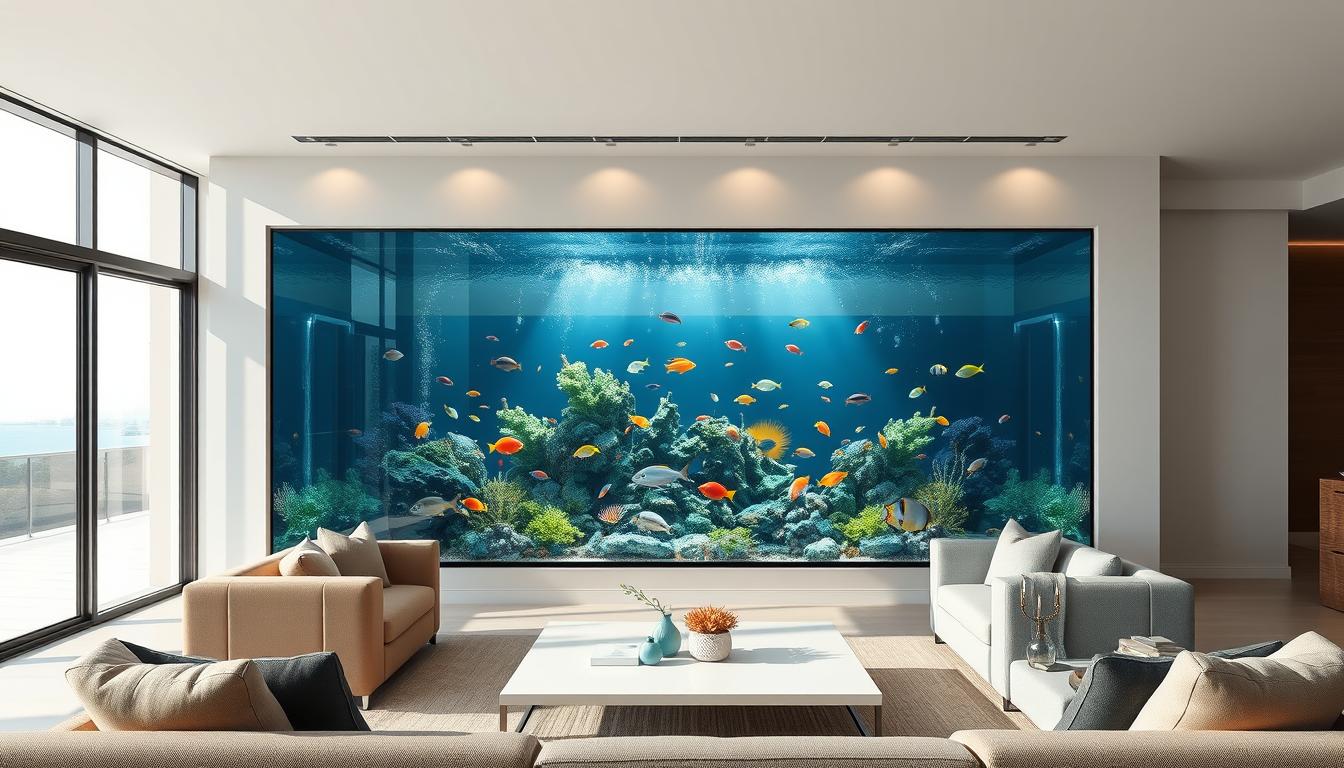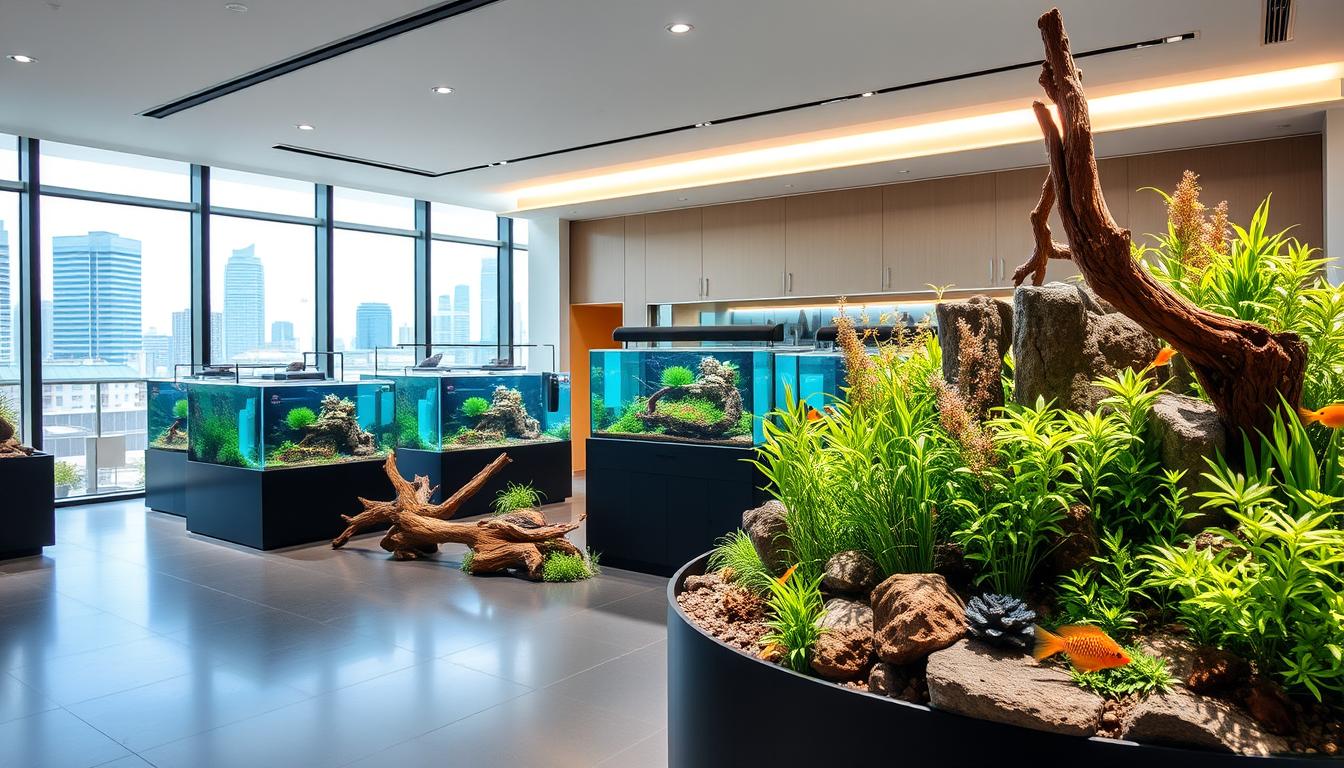Necessary to have "Dragon Prince" PLECO Fish in your aquarium?
Pleco fish is a species of freshwater fish with ruffled skin and the habit of eating algae. The greatest size in the wild can reach 60cm, however the tiny size is always the favored choice in the aquarium due to its specific usefulness, both as a "prince" that eats nasty algae and as a "look" for the Owner, keeping the water clean while also generating a distinct image for the Aquarium. Plecos fish are important because they are resilient and can survive in a wide range of water conditions, as well as live happily and coexist with other fish. If you don't have much time to maintain the Aquarium and want a nice look, Pleco is an excellent alternative.
What kind of environment will Pleco fish prefer?
Pleco is a tropical South American fish with a lifespan of 10-15 years. A pleasant, peaceful Pleco swimming at the bottom of your aquarium will become a long-term "friend" in your aquarium.

Pleco normally live on the bottom of the aquarium, so if you decorate it with colored stones or an object, make sure it is safe and not sharp to avoid injuring Pleco while swimming.
You should also be aware that the temperature in the lake runs from 25 to 28 degrees, but if you are too busy or your room heats up to around 29-30 degrees, Pleco will still thrive and survive. Because Pleco requires a lot of oxygen, your aquarium should minimize the usage of plastic items and medicines for other fish.
Tip for you a quick solution:
-
Blow air into the tank or add air bubbles.
-
Plant extra ornamental plants on the aquarium's bottom to help provide more oxygen and a natural environment outside.
Here: https://microaquaticshop.com.au/collections/aquarium-plants
Soft lighting in the aquarium is also a chance to appreciate "prince" Pleco.

What are the advantages of breeding Pleco?
Do You believe a "assistant" to clean the Aquarium?
Pleco fish may clean the aquarium glass by eating algae and algae on the lake's surface and bottom, with the instruction to clean the glass from the beginning to the end of the aquarium. The job of Pleco's glass cleaning assistance relieves you of the burden of cleaning off moss on the Aquarium's walls and bottom. Pleco, in particular, will wipe clean. This glass cleaning job also contributes to the survival of aquatic plants in the tank and does not affect aquatic species in the aquarium
You will also reap the benefits of keeping Pleco fish:
-
Algae control: Pleco fish is an excellent algae eater. If you have an aquarium, adding Pleco fish to the tank will assist efficiently control algae
-
Maintains water quality: In addition to cultivating aquatic plants, having a Pleco will help you reduce waste and dangerous compounds in your aquarium. Aids in the purification of the moss that has clung to the sides and bottom of the aquarium
-
Increase the aesthetics of the aquarium: Pleco fish have a lovely shape like a little Dragon with a majestic standing fin and can change color depending on the environment. Make the aquarium room more beautiful
-
Environment adaptable: Pleco fish is an easy fish to keep, and with the task of eating toxic algae in the Aquarium, it can live with the temperature in the Aquarium ranging from 25-28 degrees Fahrenheit, and can fluctuate up to 29-30 degrees Fahrenheit.
Moreover, Pleco fish are a fantastic starting fish because they don't require much maintenance and enjoy a long and healthy life.
Pleco's favorite meal is radish, especially the bad moss in your aquarium

Pleco fish have distinct characteristics and Colors?
- Pleco has a "ferocious" appearance but is exceedingly friendly
- Pleco is constantly quietly sleeping close to the bottom of the aquarium or sticking to the sides of the tank
- Pleco is a catfish that is very popular with aquarium enthusiasts.
- Pleco has bone armor and a suction cup-like "glue" mouth that allows them to go anywhere and in any direction in the Aquarium

Pleco fish are divided into several species, each with its own color. Pleco fish are often black, dark brown, gray, or silver grey in hue. Other hues found in some species include yellow, orange, white, and pale blue



